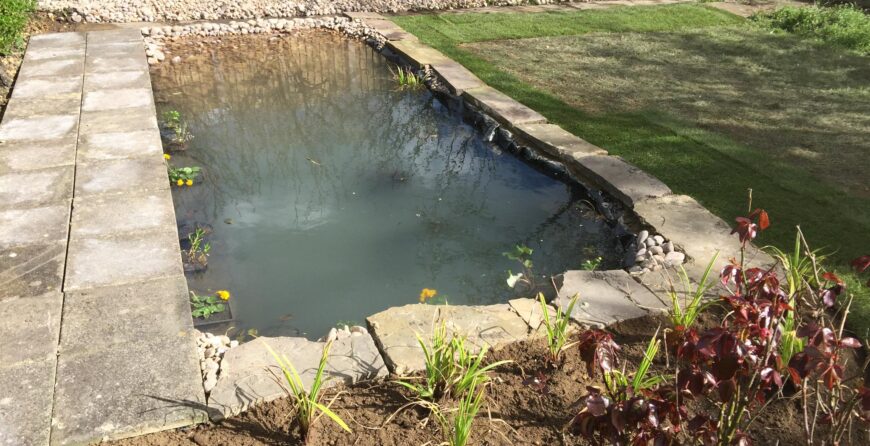Top 10 Tips for a Lush Green Lawn: A Guide to Achieving the Perfect Yard
Introduction:
Having a lush green lawn is the dream of every homeowner. A well-maintained lawn not only enhances the beauty of your property but also provides a relaxing space for outdoor activities. However, achieving that perfect yard requires effort and knowledge. In this article, we will provide you with the top 10 tips to help you achieve a lush green lawn that will be the envy of your neighborhood.
1. Soil Testing:
Before you start any lawn care regimen, it is essential to understand the composition of your soil. Conducting a soil test will help you determine the pH level, nutrient deficiencies, and any other issues that may hinder the growth of your grass. Based on the results, you can then adjust the soil’s pH and add necessary nutrients to create an optimal environment for your lawn.
2. Proper Mowing Techniques:
Mowing your lawn is not just about cutting the grass; it is about doing it correctly. Set your mower blades to the appropriate height, depending on the grass type. Cutting the grass too short can stress the plants and make them more susceptible to diseases and weed invasion. Aim to remove only one-third of the grass blade’s height during each mowing session.
3. Regular Watering:
Watering your lawn is crucial for its health and vitality. However, it is essential to water deeply and infrequently rather than shallowly and frequently. Deep watering encourages the grass roots to grow deeper, making them more resilient to drought conditions. Water your lawn early in the morning to minimize evaporation and fungal diseases.
4. Fertilization:
Proper fertilization is key to maintaining a lush green lawn. Choose a high-quality fertilizer that suits your grass type and apply it according to the recommended schedule. Avoid over-fertilizing, as it can lead to excessive growth and weaken the grass. Additionally, consider using organic fertilizers to promote long-term soil health.
5. Weed Control:
Weeds not only compete with your grass for nutrients and water but also detract from the overall appearance of your lawn. Implement a weed control program that includes regular weeding, pre-emergent herbicides, and spot treatments for persistent weeds. Remember to follow the instructions carefully to avoid damaging your grass.
6. Aeration:
Over time, the soil in your lawn can become compacted, hindering the movement of air, water, and nutrients to the grass roots. Regular aeration helps alleviate compaction and promotes better root growth. Use a core aerator to remove small plugs of soil, allowing for improved soil structure and nutrient absorption.
7. Overseeding:
To maintain a thick and healthy lawn, consider overseeding once a year. Overseeding involves spreading grass seed over your existing lawn to fill in bare patches and improve overall density. Choose a high-quality seed blend that matches your existing grass type for the best results.
8. Pest Control:
Pests such as grubs, chinch bugs, and armyworms can wreak havoc on your lawn if left unchecked. Regularly inspect your lawn for signs of pest damage and take appropriate measures to control them. Consider using natural pest control methods or consult with a professional if the infestation is severe.
9. Proper Irrigation:
Efficient irrigation is essential for a lush green lawn. Consider installing a sprinkler system with adjustable heads to ensure even water distribution. Avoid overwatering, as it can lead to shallow root growth and increase the risk of diseases. Monitor the weather conditions and adjust your irrigation schedule accordingly.
10. Regular Maintenance:
Lastly, regular maintenance is crucial for a healthy lawn. This includes removing debris, such as leaves and twigs, regularly. Additionally, perform routine checks for any signs of disease, nutrient deficiencies, or other issues. Promptly address any problems to prevent them from spreading and causing further damage.
Conclusion:
Achieving a lush green lawn requires a combination of proper care, knowledge, and dedication. By following these top 10 tips, you can create an environment that promotes healthy grass growth and a beautiful yard. Remember to tailor your lawn care routine to your specific grass type and local climate conditions. With patience and consistent effort, you will soon enjoy the rewards of a vibrant and inviting lawn.


